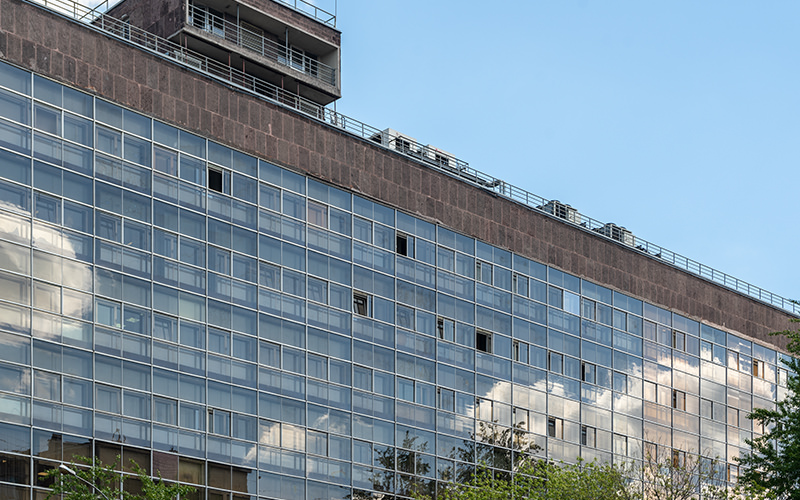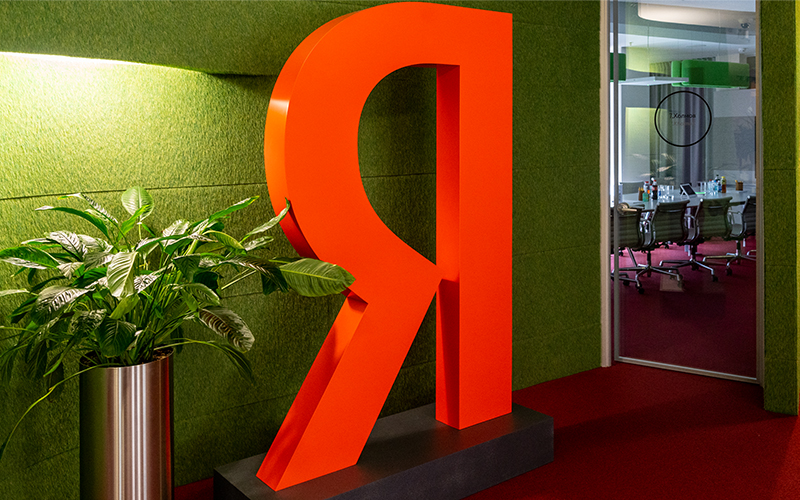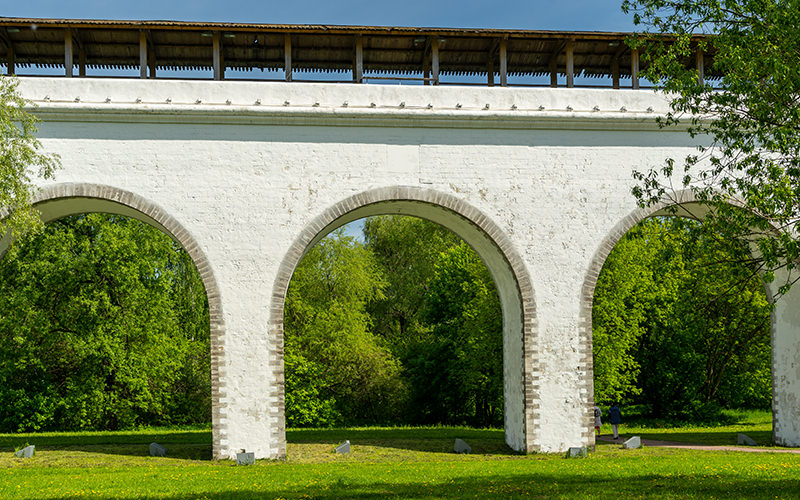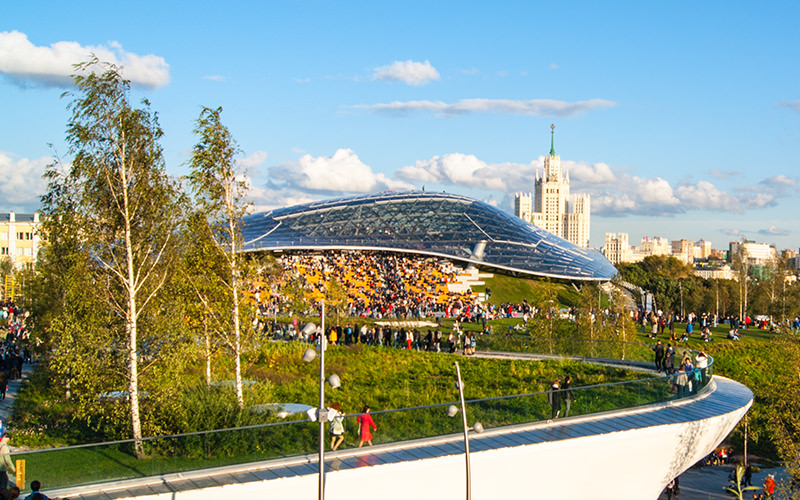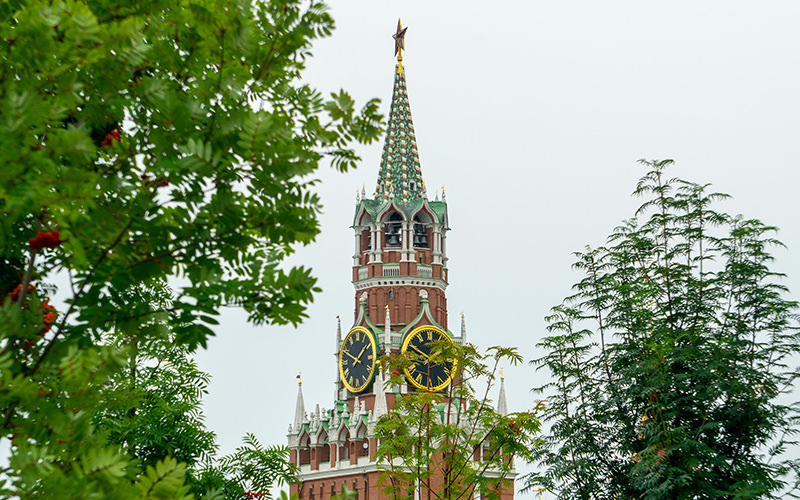The Moscow Kremlin can be considered one of the most famous landmarks in the Russian capital. I'm sure that almost every tourist visiting Moscow has a photo against the backdrop of the walls of this ancient fortress. Today, I invite you to take a stroll around the Kremlin to acquaint yourself with its towers, both famous and less well-known.
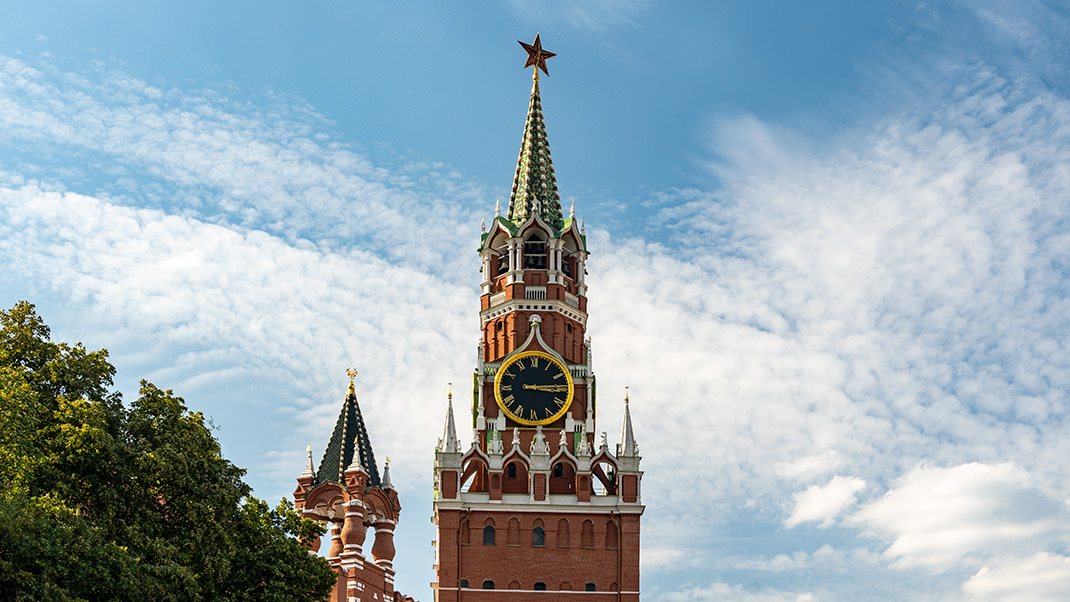
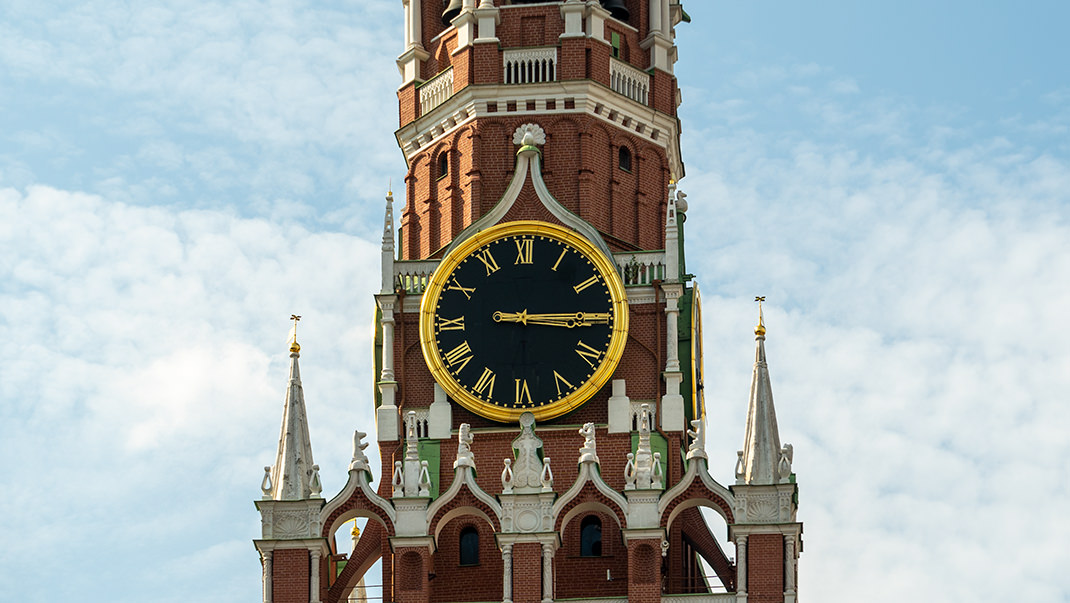
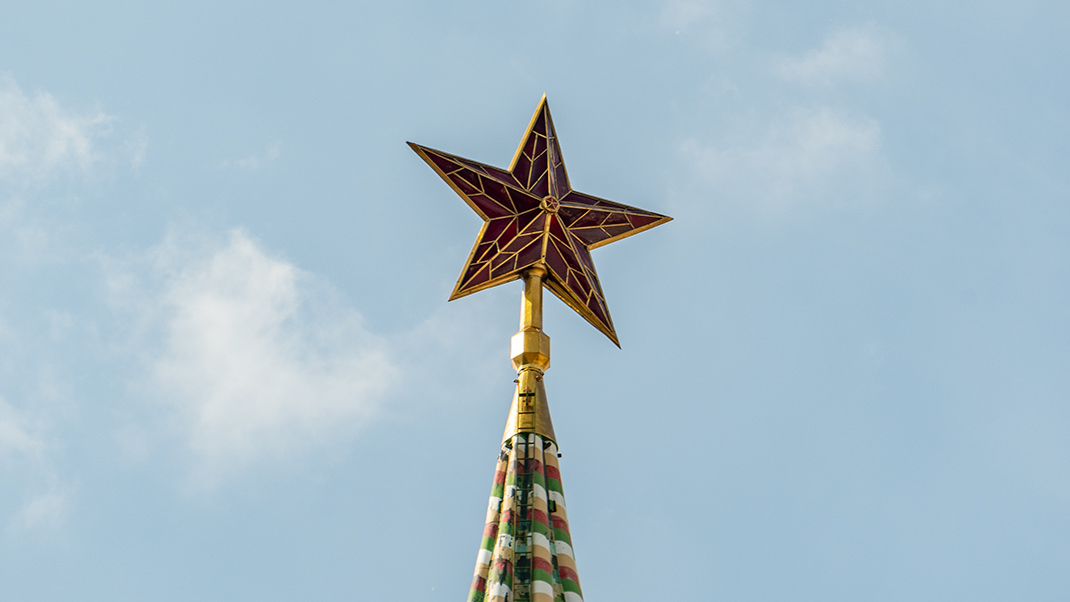
A Bit of History
The fortification on Borovitsky Hill appeared in 1156 during the reign of Prince Yuri Vladimirovich Dolgoruky. Interestingly, the elevation at the center of the modern capital looked different in the 12th century: the Borovitsky Hill itself was once much higher than it is today. Multiple reconstructions and leveling of the surface for subsequent construction led to its reduction in size.
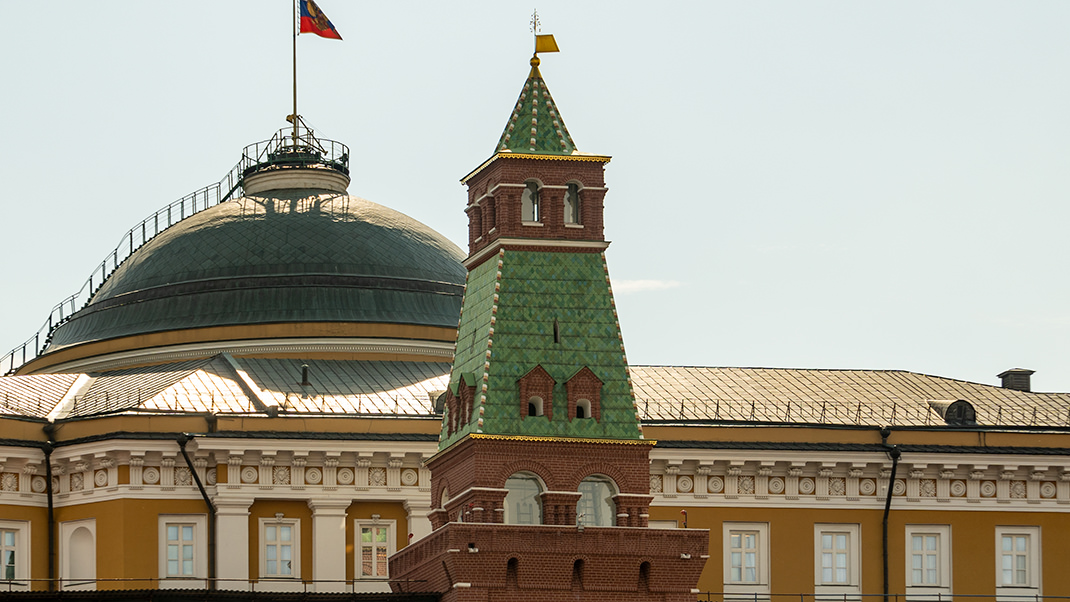
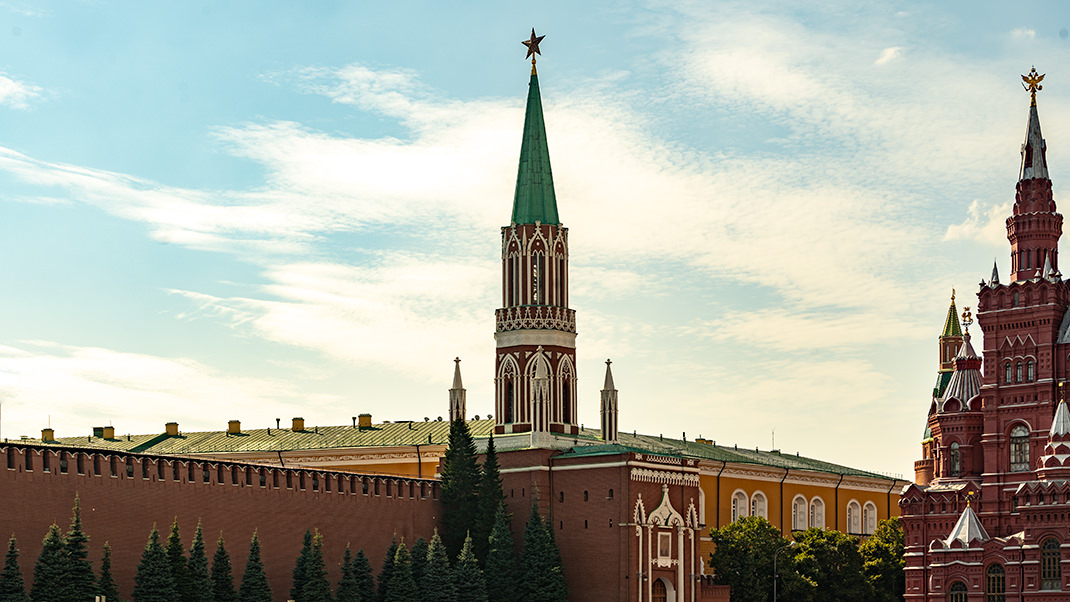
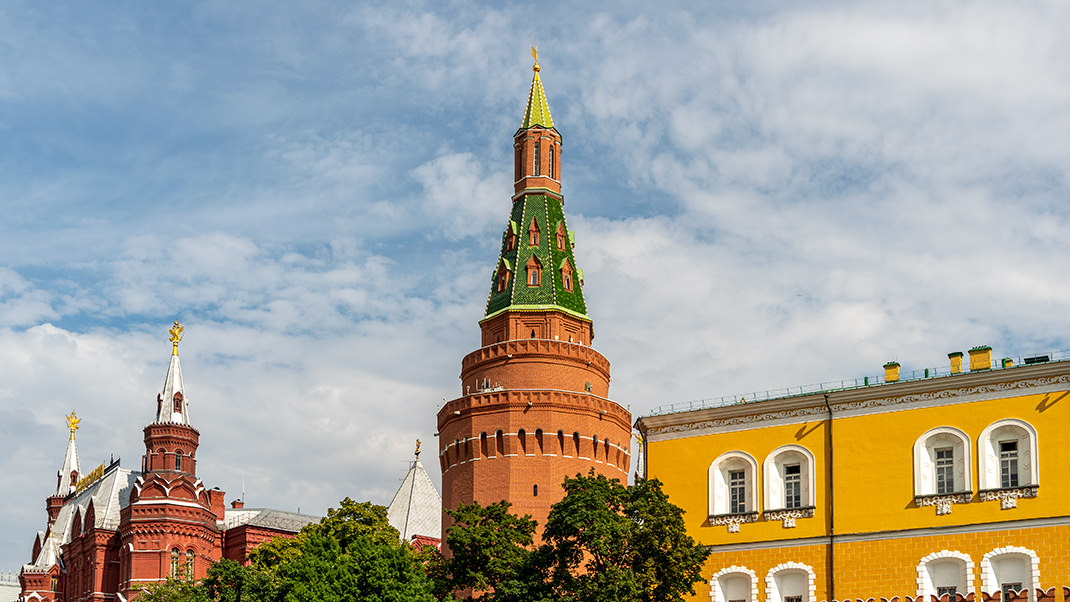
The Moscow fortress was first referred to as the Kremlin in the chronicles of 1331, while such structures were initially called "detinets." Today, the term is often used for the kremlin in Veliky Novgorod, for example.

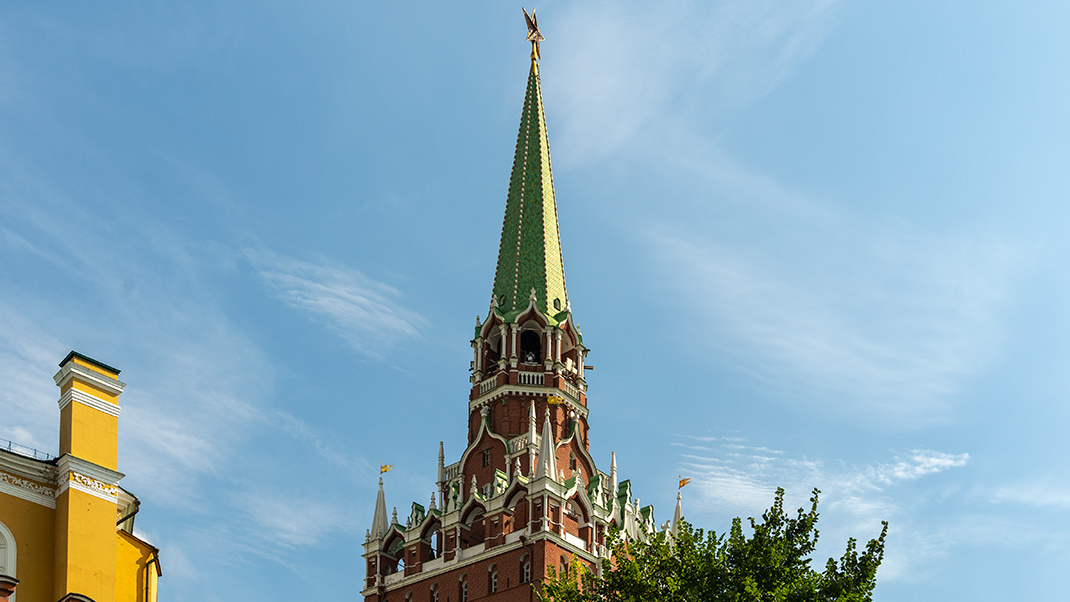
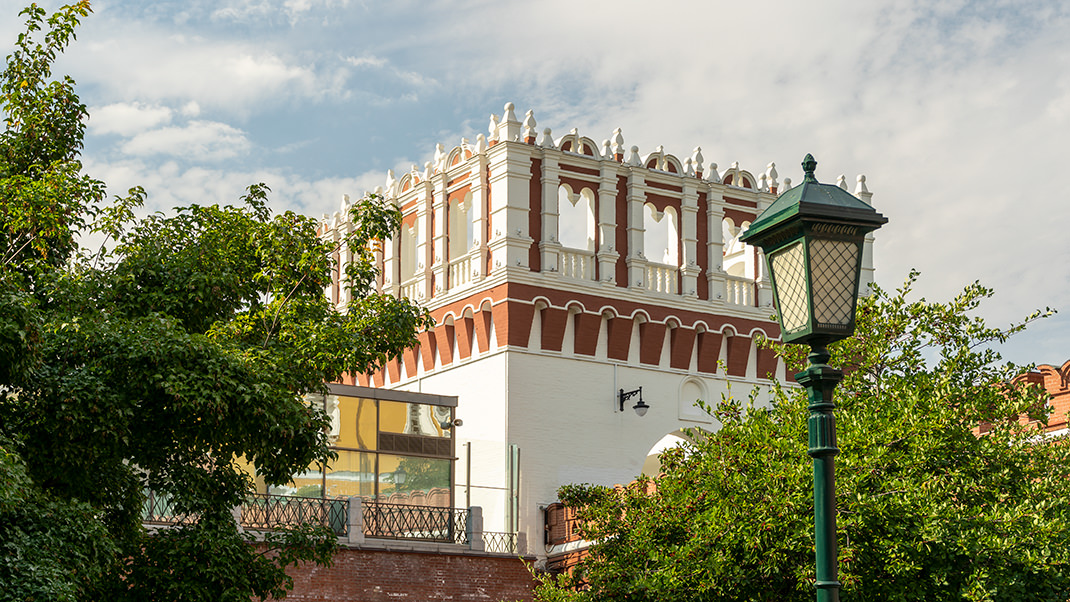
In the first centuries of its existence, the fortress walls and towers were made of wood. Reconstruction in stone occurred in the mid-14th century. A hundred years later, the Kremlin acquired the familiar appearance we know today: the walls and towers of the complex were constructed using bricks, overseen by specially invited Italian architects. Later, there were further alterations to the complex's exterior. For instance, initially, the Kremlin towers did not have the familiar conical tops; instead, they had wooden-covered platforms with rotating gun circles at the top. Additionally, until the second half of the 19th century, the fortress walls were whitewashed.
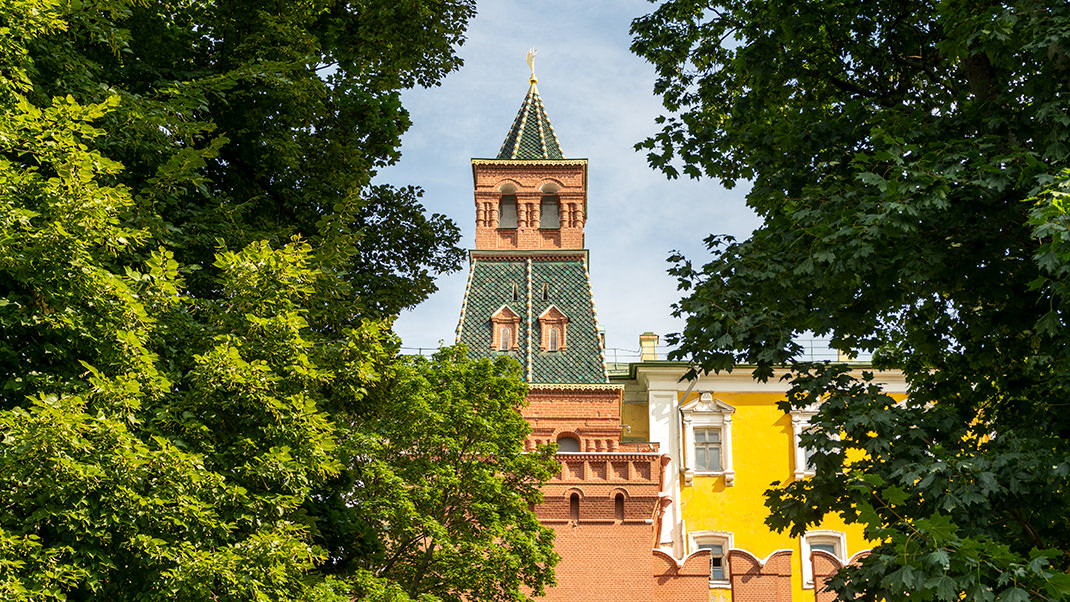

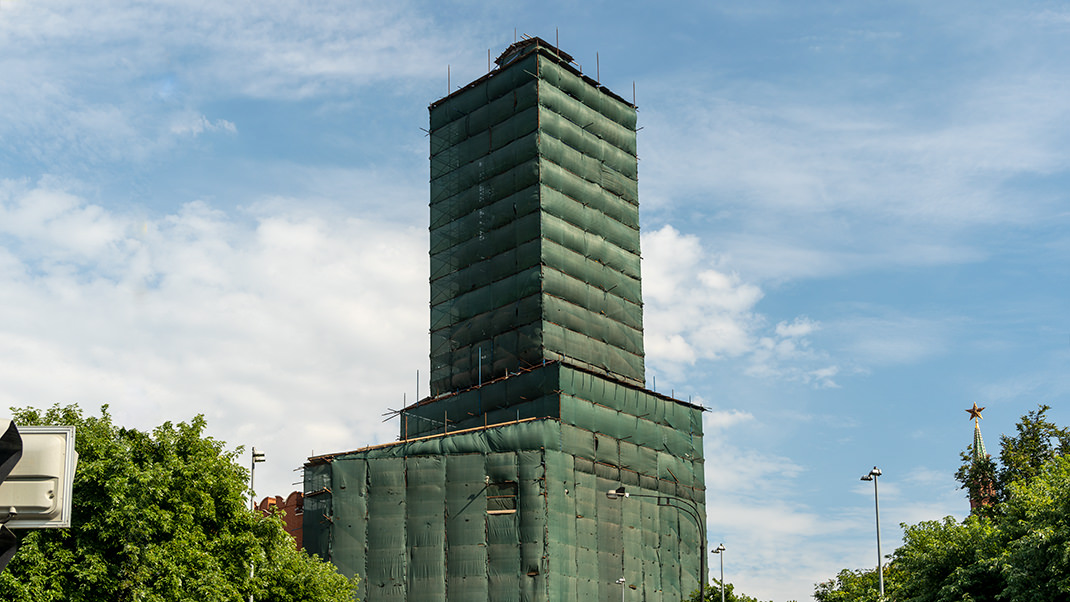
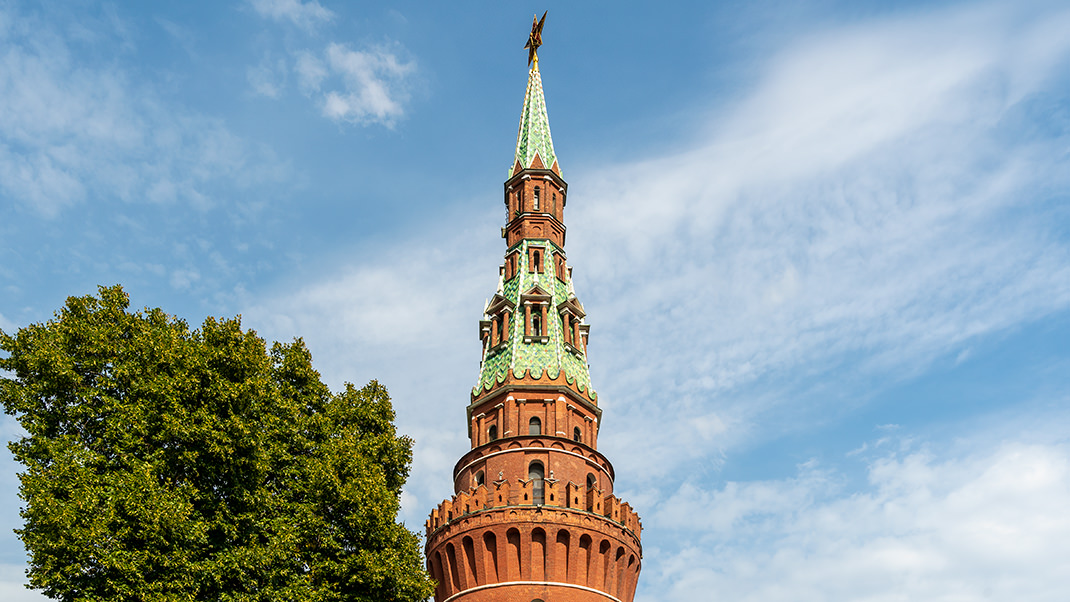
The total length of the Kremlin walls is 2235 meters, and there are 20 towers along the perimeter, each with its unique characteristics. The tallest is the Troitskaya Tower, standing at a height of 80 meters. The lowest is the Tsarskaya Tower, constructed later than the others.
An observant tourist will notice that the towers have different shapes: the structures located at the corners of the fortress are round at the base. Such construction provided an advantage in battle due to the circular view of the surrounding area. Four of the Kremlin towers once had figures of double-headed eagles. With the advent of Soviet power, these were replaced with stars featuring the hammer and sickle. In 1937, the stars appeared on the tops of the towers, though there were now five instead of four.



Some towers have names uncommon for Russia. One of them is, for example, the Beklemishevskaya Tower. The name is associated with the fact that nearby this building, there once was the residence of the Beklemishev boyars.

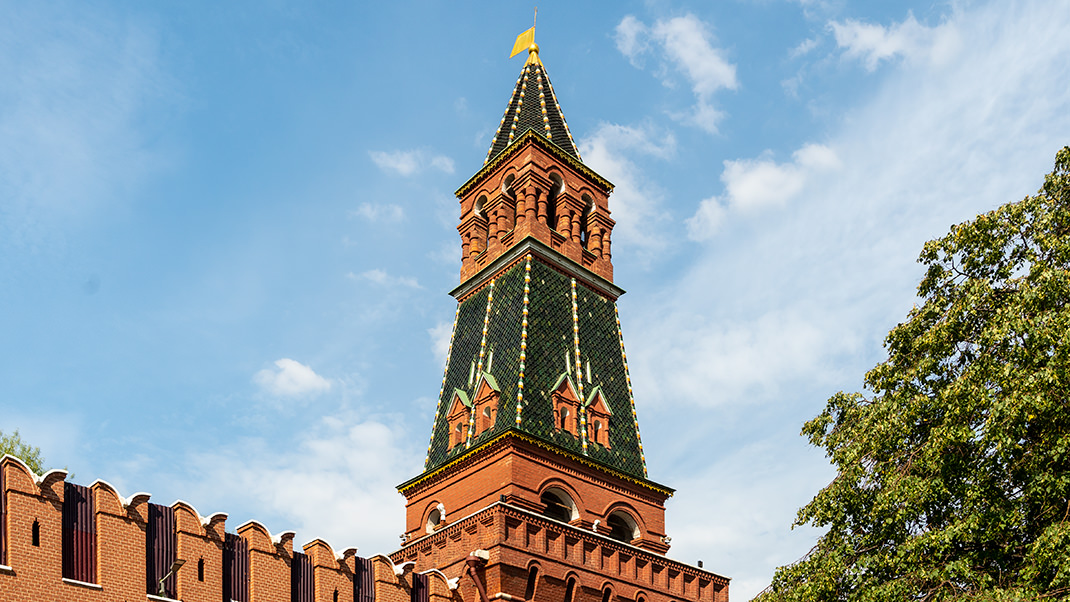

Another name that may seem unusual is the Kutafya Tower. There is no exact information about the history of this name, but philologists associate it with the name of a vessel used for kneading dough. In a figurative sense, "kutafya" was also used to describe a short, stocky woman, or one wrapped in clothing. Presumably, this is a reference to the shape of the structure itself.

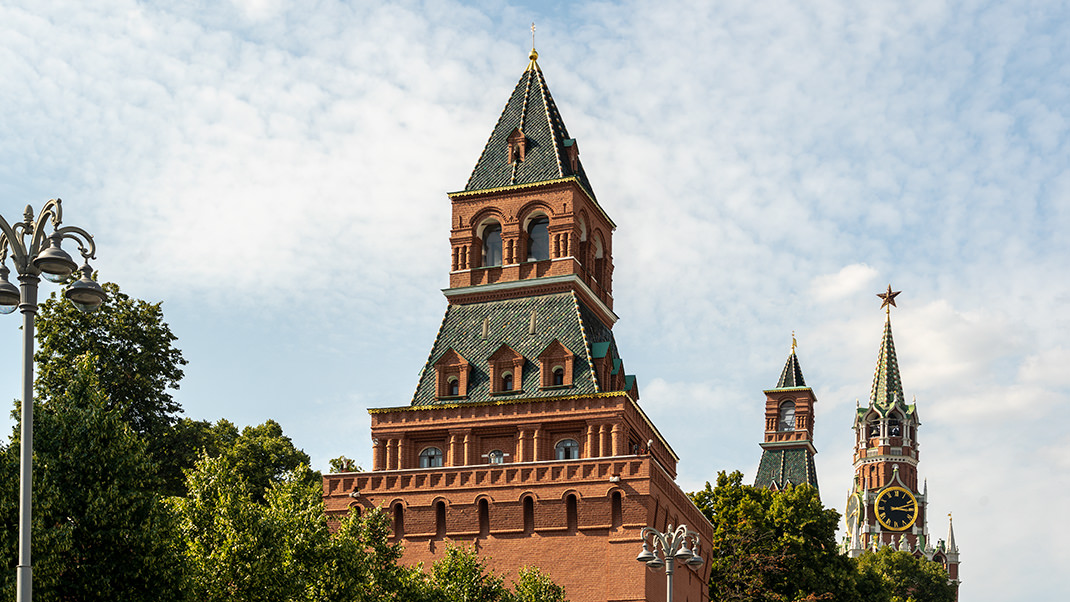
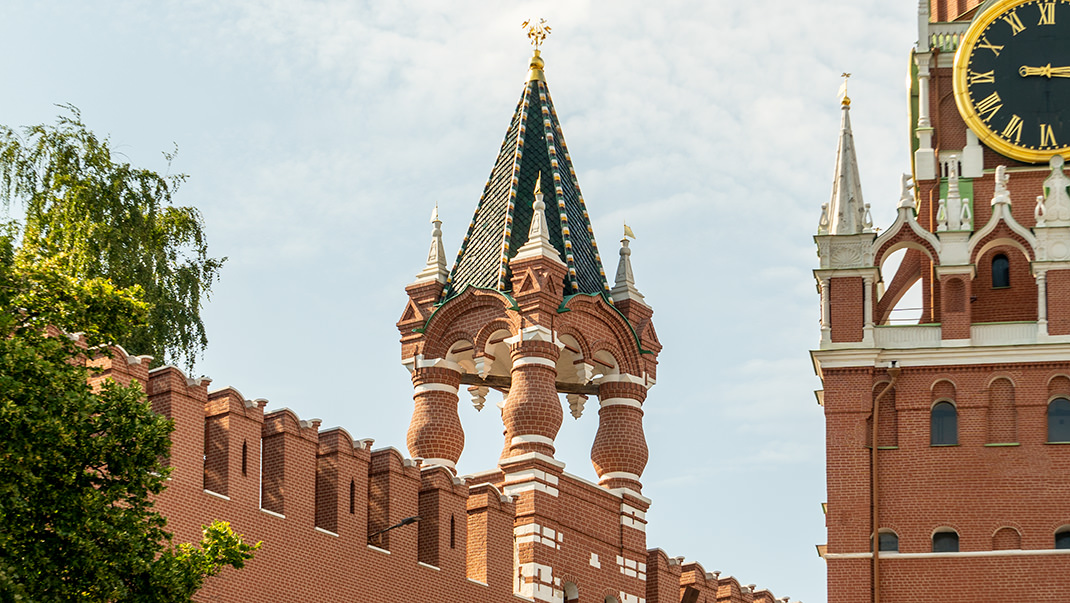
Today, the Moscow Kremlin is not only one of the centers of political life but also a vast museum complex. I invite you to continue exploring its history in an article about the amazing ancient cathedrals and churches of this historic structure.
Have a nice trip!


